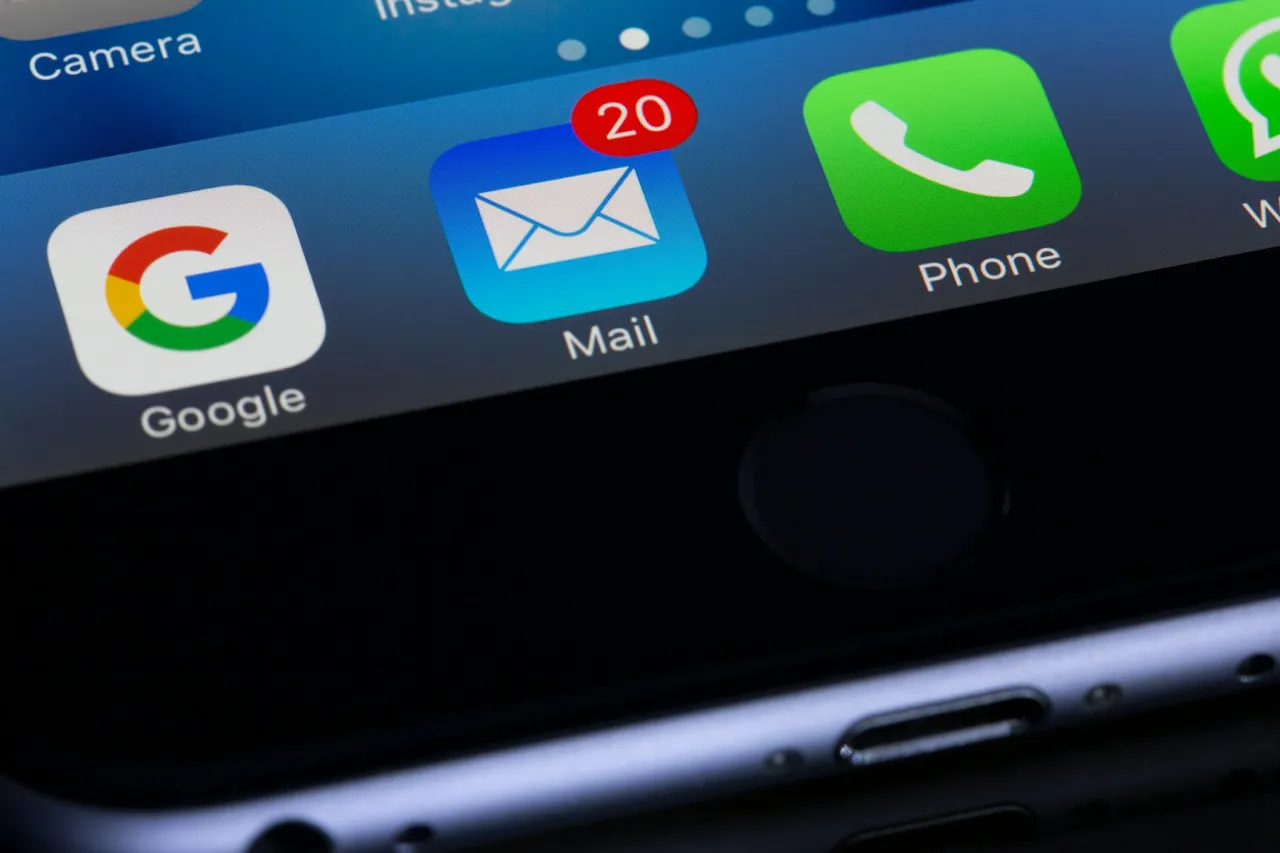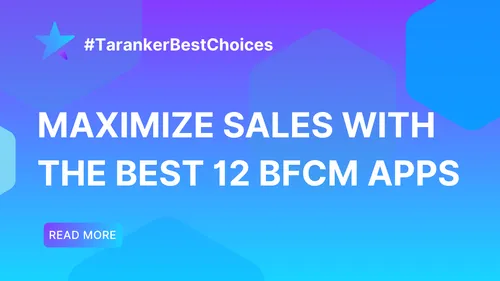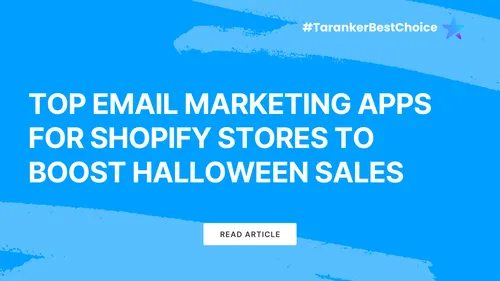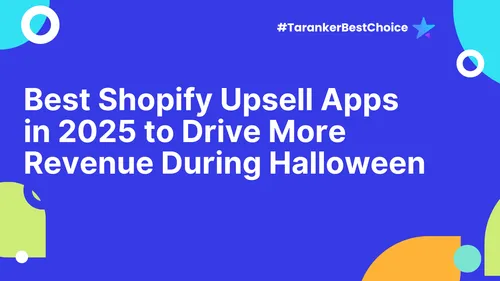In today’s digital landscape, social media and email marketing have become essential pillars of any successful marketing strategy. These channels empower brands to connect with their audiences, drive traffic, and enhance customer engagement. While social media enables real-time interactions and community building, email marketing fosters customer relationships through personalized communication and targeted campaigns.
For e-commerce businesses, automation has significantly amplified the power of these tools. By leveraging marketing automation, businesses can streamline processes, improve efficiency, and drive revenue growth. Let’s explore how automation can optimize email and social media campaigns to boost sales and customer loyalty.
The Power of Automation in Marketing

Marketing automation involves using software to execute repetitive tasks efficiently, such as email sequences, scheduled social media posts, and AI-driven customer interactions. It enables businesses to nurture leads, convert prospects into customers, and keep existing customers engaged—all with minimal manual effort.
Key Benefits of Marketing Automation:
-
Increased Efficiency: Save time by automating repetitive tasks, allowing businesses to focus on strategy and customer engagement.
-
Personalization: Tailor messages, recommendations, and promotions for each audience segment to ensure relevance and higher engagement.
-
Consistency: Maintain regular communication with your audience through automated data filtering, ensuring relevant content reaches the right customers at the right time.
-
Higher Conversion Rates: Deliver targeted messages that drive action through A/B testing, multivariate testing, and behavioral analysis to optimize campaign performance.
By integrating automation into social media, email marketing, and e-commerce operations, businesses can create seamless, omnichannel experiences that boost customer engagement and sales.
Automated Email Campaigns: Driving Sales with Precision
Email marketing remains one of the highest-performing digital marketing strategies, with an average ROI of $42 for every $1 spent. When combined with automation, email marketing becomes even more powerful, enabling businesses to send timely, relevant, and highly personalized messages to subscribers.
5 Types of Automated Email Campaigns
-
Welcome Emails: Provide a warm introduction to your brand for new subscribers.
-
Abandoned Cart Emails: Remind customers about items left in their cart, encouraging them to complete their purchase.
-
Personalized Product Recommendations: Suggest products based on browsing and purchase history to increase conversions.
-
Re-engagement Emails: Target inactive customers with exclusive offers or content to reignite interest.
-
Post-Purchase Follow-ups: Thank customers for their purchase, request feedback, and suggest complementary products to encourage repeat sales.

Popular Email Marketing Automation Tools
-
Klaviyo – A powerful platform for eCommerce businesses, offering advanced segmentation and automation.
-
Email Marketing Tools Mailchimp – A user-friendly tool with AI-driven insights and robust automation features.
-
Omnisend – Designed for eCommerce, providing omnichannel marketing and personalized automation.
-
ActiveCampaign – A highly customizable automation tool with CRM capabilities for SaaS and B2B businesses.
How to Set Up an Email Marketing Flow for Your Brand
A well-structured email marketing flow ensures that messages reach the right audience at the right time, driving engagement and conversions. Follow these steps to create an effective email marketing flow:
1. Define Your Objectives
Email automation supports every stage of the customer journey, from lead nurturing to post-conversion engagement. Define clear goals based on your business needs to maximize effectiveness.
2. Segment Your Audience
Your email subscribers already know your brand and may even be existing customers. To enhance engagement, segment your customer data into multiple groups for detailed targeting, ensuring that each message is relevant and personalized.
3. Select an Email Automation Tool
Choose the right platform based on your business type:
-
For eCommerce: Klaviyo, Omnisend, Drip.
-
For SaaS & B2B: HubSpot, ActiveCampaign, Mailchimp.
-
For Enterprises: Marketo, Pardot.
4. Develop the Email Flow
Your email flow should follow specific trigger rules and segmentation criteria to deliver targeted outcomes. Set up automated emails, including welcome messages, cart abandonment reminders, and re-engagement campaigns, for a seamless customer experience.
5. Personalize Your Messaging
Create multiple variations of messages tailored for different purposes. Conduct A/B testing and apply multiple segmentation strategies to optimize engagement and conversion rates.
6. A/B Test and Optimize
Experiment with different email subject lines, images, layouts, and CTA buttons within each flow. Identify what resonates best with your audience and refine your approach accordingly.
7. Monitor Performance Metrics
Use analytics tools to track email open rates, click-through rates, and conversion rates. Continuously refine your strategy based on data insights to improve results.

Best Practices for Email Marketing Automation
To ensure long-term success, consider these best practices after implementing your email automation:
-
Regularly Update Campaigns: Don’t rely on a “set and forget” approach—refresh content and strategies based on evolving customer behaviors.
-
Create Custom Email Templates: Develop visually appealing and branded email templates for a better customer experience.
-
Monitor Email Performance: Track key metrics like open rates, CTR, and conversions to identify areas for improvement.
-
Avoid Over-Automation: Ensure a smooth customer journey by preventing overlapping or excessive email flows that could overwhelm subscribers.
Conclusion
Automating email and social media campaigns is a powerful way to drive sales and build lasting customer loyalty. By implementing strategic automation, businesses can deliver personalized experiences, engage customers effectively, and increase revenue with minimal manual effort. Whether you’re a small business or a large enterprise, leveraging marketing automation will position your brand for long-term success in the digital marketplace.









